To provide the best experiences, we use technologies like cookies to store and/or access device information. Consenting to these technologies will allow us to process data such as browsing behaviour or unique IDs on this site. Not consenting or withdrawing consent, may adversely affect certain features and functions.
The technical storage or access is strictly necessary for the legitimate purpose of enabling the use of a specific service explicitly requested by the subscriber or user, or for the sole purpose of carrying out the transmission of a communication over an electronic communications network.
The technical storage or access is necessary for the legitimate purpose of storing preferences that are not requested by the subscriber or user.
The technical storage or access that is used exclusively for statistical purposes.
The technical storage or access that is used exclusively for anonymous statistical purposes. Without a subpoena, voluntary compliance on the part of your Internet Service Provider, or additional records from a third party, information stored or retrieved for this purpose alone cannot usually be used to identify you.
The technical storage or access is required to create user profiles to send advertising, or to track the user on a website or across several websites for similar marketing purposes.
 According to research, nearly 8 out of 10 menopausal women are in work, at a time when many are likely to move into top leadership positions. Despite the challenges and difficulties faced by those experiencing menopause in the workplace, it remains largely invisible, undiscussed, and unsupported. That’s why it’s important for businesses create menopause-friendly workplaces using the principles of behavioural science and health psychology. (more…)
According to research, nearly 8 out of 10 menopausal women are in work, at a time when many are likely to move into top leadership positions. Despite the challenges and difficulties faced by those experiencing menopause in the workplace, it remains largely invisible, undiscussed, and unsupported. That’s why it’s important for businesses create menopause-friendly workplaces using the principles of behavioural science and health psychology. (more…)





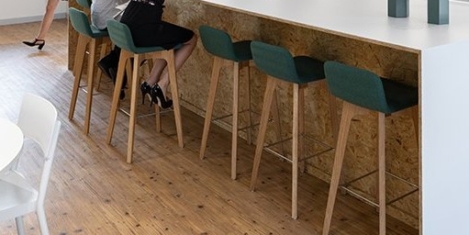
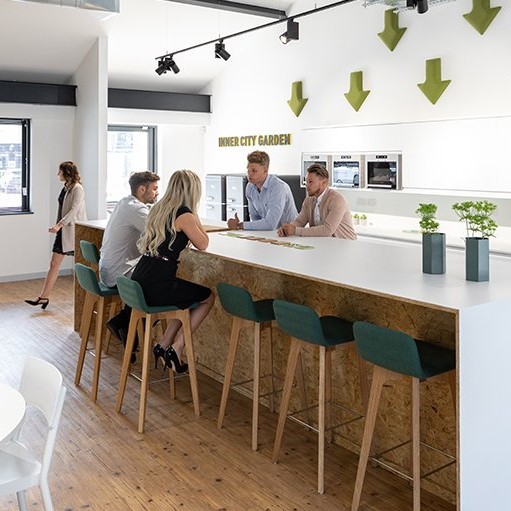 Employee experience has never been so high on the corporate agenda; with recent figures finding
Employee experience has never been so high on the corporate agenda; with recent figures finding 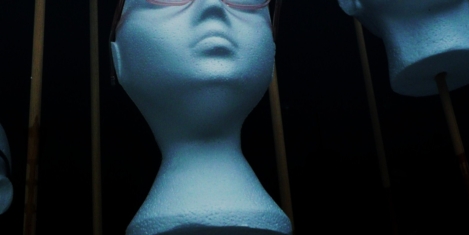
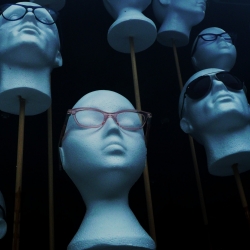 In 2008, the philosopher and ecologist
In 2008, the philosopher and ecologist 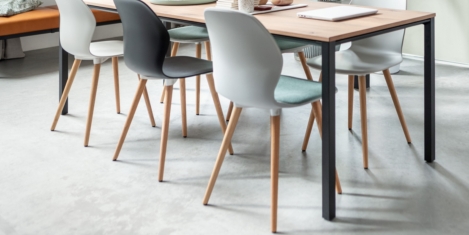
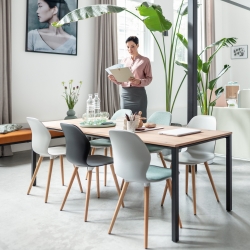

 At this time of year, with events such as Happiness at Work Week and
At this time of year, with events such as Happiness at Work Week and 
 The debate about the workplace and the future of work gets more interesting by the week. In the last few days alone, I’ve listened in on three great speakers talking about the opportunities, challenges, nuances and complexities of it all in a way that has been all but impossible in the past 18 months. In addition, Nigel Oseland has published
The debate about the workplace and the future of work gets more interesting by the week. In the last few days alone, I’ve listened in on three great speakers talking about the opportunities, challenges, nuances and complexities of it all in a way that has been all but impossible in the past 18 months. In addition, Nigel Oseland has published 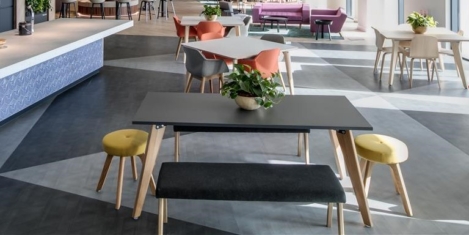
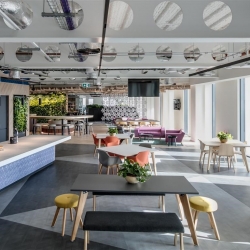
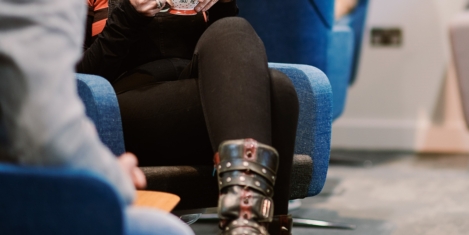
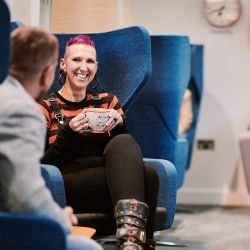 Since offices reopened, there has naturally been a much greater focus on health and safety. Office managers everywhere have deployed one-way corridors, anti-viral disinfectant wipes, and daily temperature checks in order to ensure that those who have returned to the office feel safe. Globally, businesses have learned to cope with these adverse circumstances, but there are other lessons from the past year that we should use to refresh the workplace as well.
Since offices reopened, there has naturally been a much greater focus on health and safety. Office managers everywhere have deployed one-way corridors, anti-viral disinfectant wipes, and daily temperature checks in order to ensure that those who have returned to the office feel safe. Globally, businesses have learned to cope with these adverse circumstances, but there are other lessons from the past year that we should use to refresh the workplace as well. 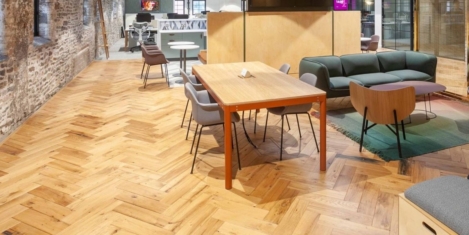
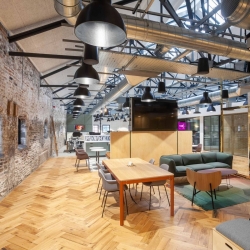 Predicting behaviours in the commercial property market is never an easy thing, yet we know that the pandemic has drastically altered this market. Whilst some players have advocated ‘the end is nigh’ for all office space, research shows a different picture emerging – namely the office space as we know it is evolving into something different. The impact of prolonged uncertainty has fuelled change. However, there are other forces at work shaping a brighter and more varied future for office space.
Predicting behaviours in the commercial property market is never an easy thing, yet we know that the pandemic has drastically altered this market. Whilst some players have advocated ‘the end is nigh’ for all office space, research shows a different picture emerging – namely the office space as we know it is evolving into something different. The impact of prolonged uncertainty has fuelled change. However, there are other forces at work shaping a brighter and more varied future for office space. 
 Scotland is to become the latest nation to trial a
Scotland is to become the latest nation to trial a 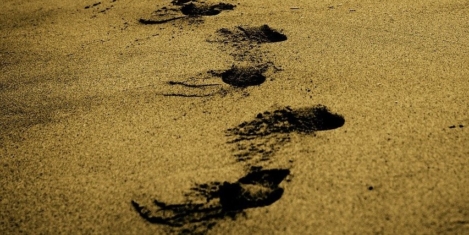
 Today, companies cannot shy away from their responsibilities towards the environment. With Extinction Rebellion keeping the climate crisis firmly on the news agenda, and COP26 in November gathering more international attention than ever, how businesses approach and champion sustainability is under significant scrutiny. At a local level, organisations are being set targets by the UK government to commit to
Today, companies cannot shy away from their responsibilities towards the environment. With Extinction Rebellion keeping the climate crisis firmly on the news agenda, and COP26 in November gathering more international attention than ever, how businesses approach and champion sustainability is under significant scrutiny. At a local level, organisations are being set targets by the UK government to commit to 








October 27, 2021
Hybrid working: too few companies are making the workplace changes they need
by Tony Antoniou • Comment, Flexible working, Workplace design